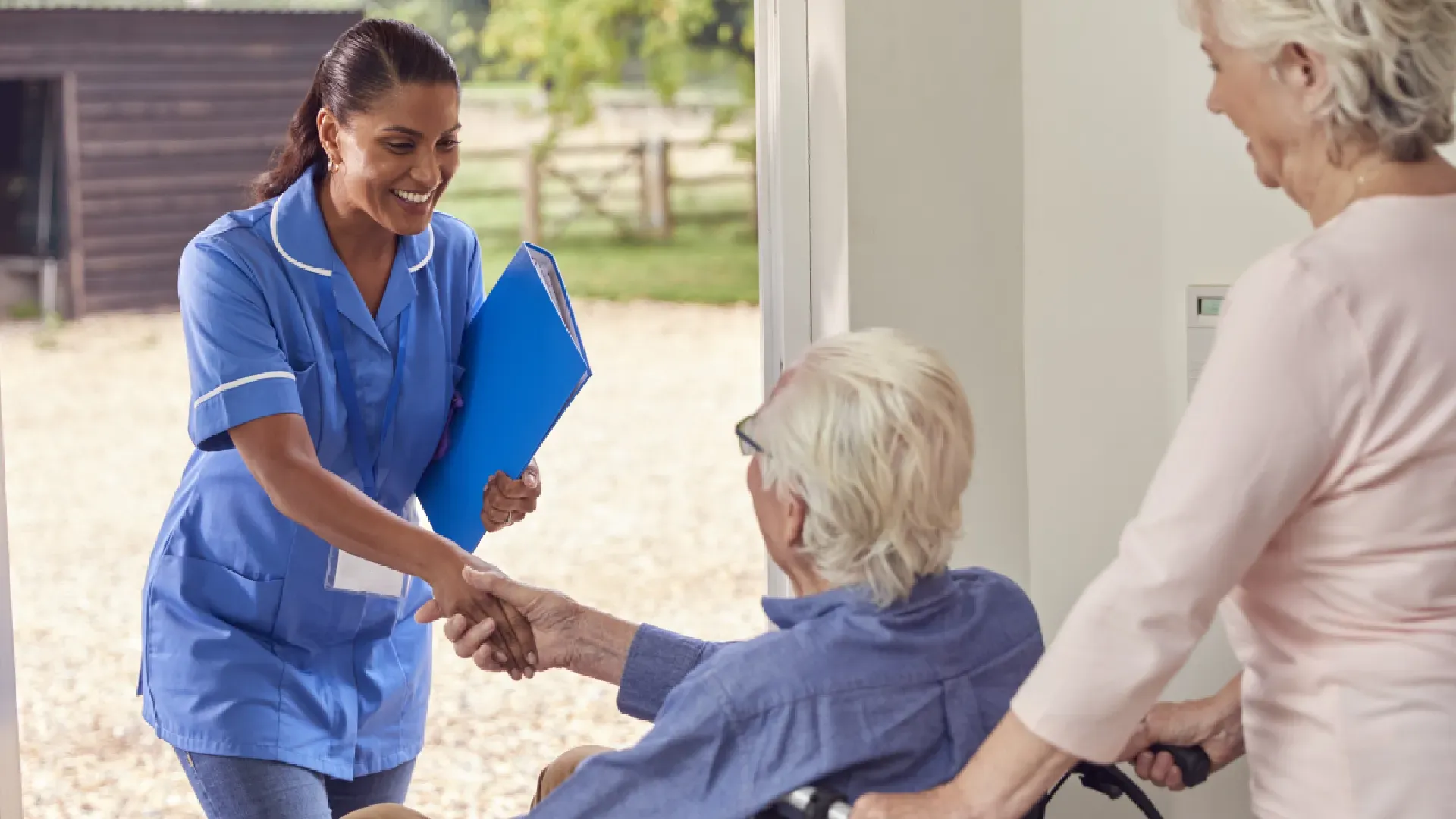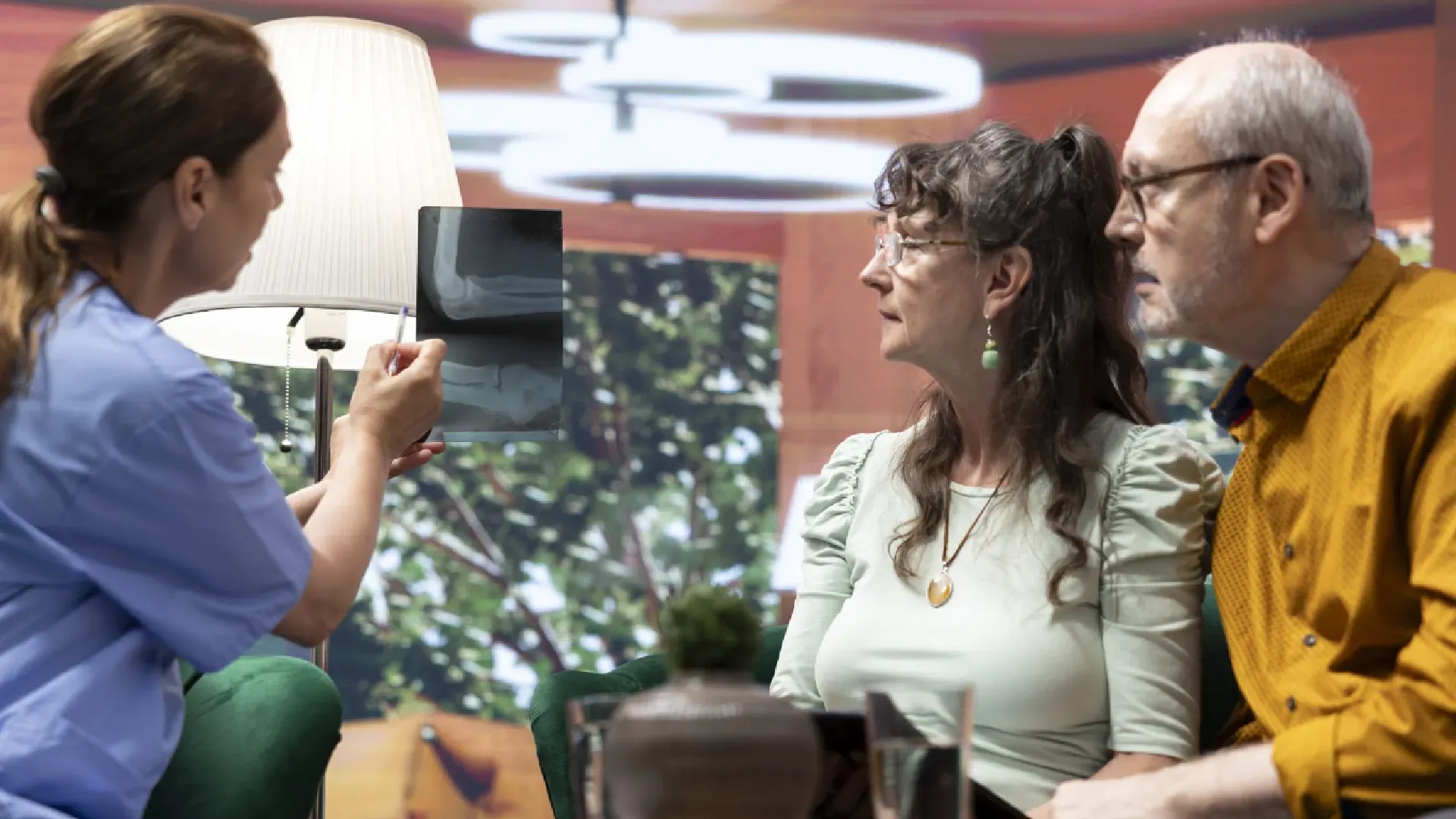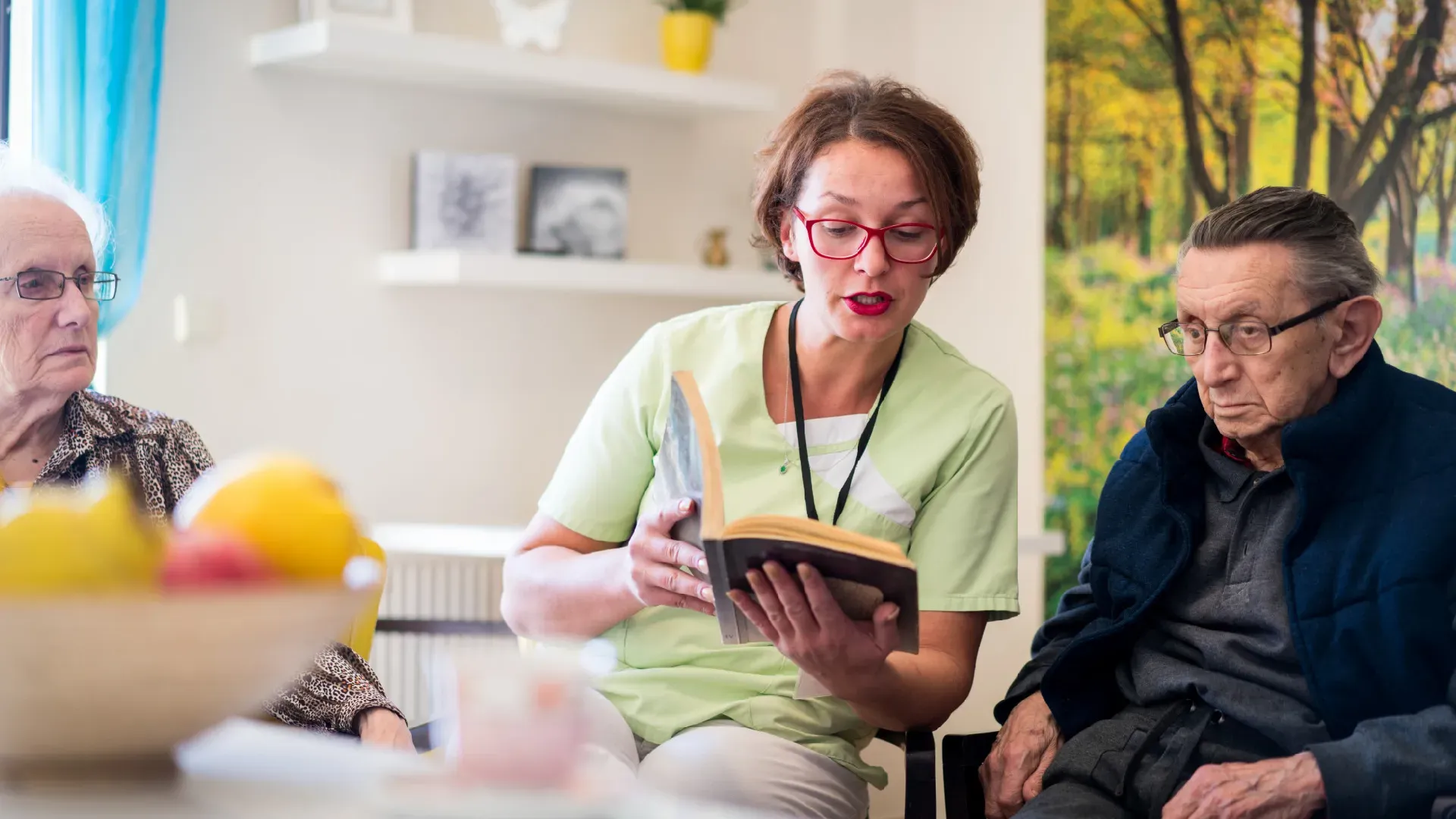Promoting Social Interaction and Engagement in Elderly Care Facilities
In the twilight years of life, social interaction emerges as a cornerstone for the wellbeing of the elderly, influencing everything from their lifespan to the overall quality of life. Research has underscored the profound impact that social activities for seniors have on vital facets of health, ranging from cognitive function to emotional and physical well-being. With the advent of retirement, mobility changes, and the loss of loved ones, many seniors find themselves ensnared by loneliness—a condition with dire ramifications, notably heightened risks of heart disease, depression, and cognitive impairments. Yet, there lies untapped potential in elderly care facilities, where the incorporation of tailored social activities for old people not only battles isolation but enriches lives.
Crafting environments conducive to engagement is not without its challenges; nonetheless, research and practice have begun to illuminate pathways forward. Introducing practical strategies aimed at fostering community connections, utilising technology, and establishing intergenerational exchanges has proven beneficial. These approaches, interwoven into daily routines within care settings, not only bolster the social fabric but also enhance the overall health and happiness of our seniors. By delving into the critical role family involvement plays and examining successful interventions like the Interactive Gallery, this article sets forth to explore the transformative effects of prioritising social activities for seniors, leading to a more vibrant, interactive, and fulfilling existence in their golden years.
Promoting Social Interaction in Elderly Care Facilities: Strategies and Impacts
The significance of social interaction in safeguarding the physical, emotional, behavioral, and cognitive health of the elderly cannot be overstated. Loneliness, on the contrary, has been affiliated with grave health consequences, including elevated risks for heart disease, depression, and cognitive decline. Through regular social activities for seniors, these risks can be mitigated, fostering an enhanced quality of life and potentially increasing longevity. Maintaining social connections paves the way to better mental health, heightened self-worth, and a marked improvement in life satisfaction for older individuals.
In seeking to uplift the social dynamics within elderly care facilities, several effective strategies can be identified:
Community Engagement: Initiating programs that connect residents with the local community encourages a sense of belonging and purpose. This involves organising outings, volunteer programs, and inviting community members to participate in facility events.
Technological Integration: Leveraging technology can bridge the gap between seniors and their loved ones, making interaction more accessible. This includes using video calls to maintain relationships and engaging digital platforms for group activities.
Intergenerational Programs: Pairing seniors with younger individuals in activities such as reading clubs, arts and crafts, or even teaching can create meaningful bonds and shared learning experiences.
Personalisation is paramount when it comes to the care of the elderly, which includes a focus on inclusion of a social quotient to their care plans. Daily routines ought to be imbued with opportunities for interaction, tailored to individual interests. Implementing a variety of activities for old people can make substantial differences, such as:
Group Activities: Organised events, exercise classes, or games that stimulate teamwork can be a gateway to forming new friendships.
Animal Therapy: Interaction with animals has been shown to reduce stress and provide comfort, making animal-assisted activities a beneficial inclusion.
Facilitated One-on-One Interactions: Creating spaces for individual conversation helps address personal social needs.
Ensuring comfort in common spaces equally promotes informal socialising, which can be further enhanced through deliberate staff training in effective communication techniques.
Lastly, holistic approaches to well-being have a ripple effect on social engagement. Addressing health barriers such as pain management, healthy sleep patterns, and sensory impairments often lays the groundwork for improved socialisation. Activities that encourage self-expression, such as art and music therapy, reminiscence exercises, and even programs centered around humor and laughter, contribute to an environment where meaningful social connections proliferate.
Implementation of these strategies within elderly care must keep the well-being of the long-term care workforce in mind, recognising that their health and sustainability are integral to the continued fostering of a socially vibrant setting. Initiatives like pen-pal programs extend the web of support, ensuring residents feel a continuous sense of connection with care partners and the broader community. As these varied strategies coalesce, they carve out a living space that is not just a care facility but a community alive with interaction and engagement, integral to the burgeoning vibrancy of the seniors' golden years.
Conclusion
In conclusion, our exploration into the vital role of social interaction in elderly care facilities underscores the transformative potential of community engagement, technological integration, and intergenerational programs. These strategies have demonstrably improved the quality of life for seniors, fostering not only health benefits but also a profound sense of belonging and purpose. Tackling the epidemic of loneliness demands a commitment to such personalised, diverse activities that resonate with the needs and interests of the elderly, ultimately cultivating a vibrant, interactive environment and enriching their golden years.
The significance and impact of these efforts extend far beyond the walls of care facilities, emphasising the broader societal responsibility we share in ensuring the well-being of our aging population. As we conclude, let us carry forward the insights gleaned, championing the embedding of meaningful social activities within care regimes and recognising them as a non-negotiable foundation for holistic elderly care. May our collective action inspire further research and innovation to continually elevate the standard of life experienced by our elders, allowing them to thrive in a community that cherishes their presence and contributions.











